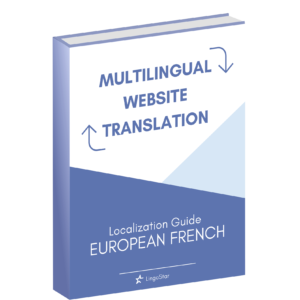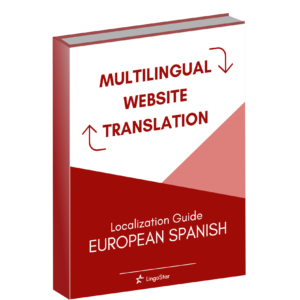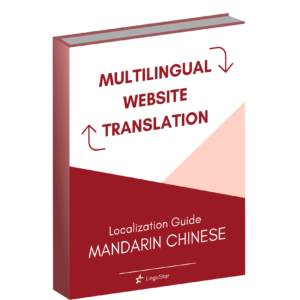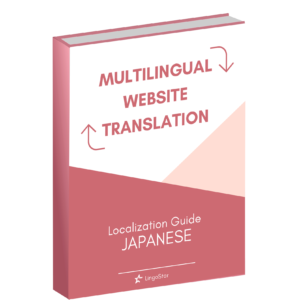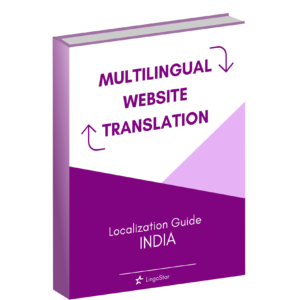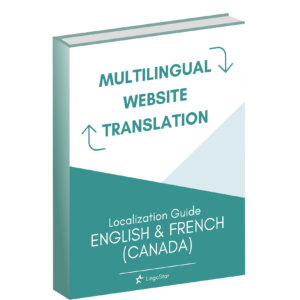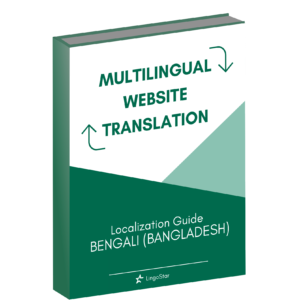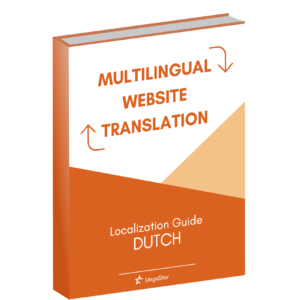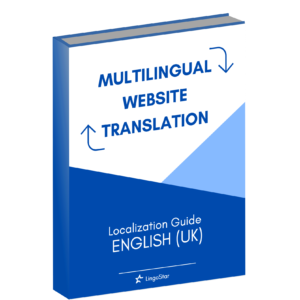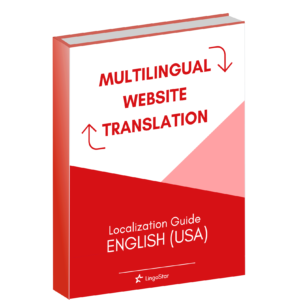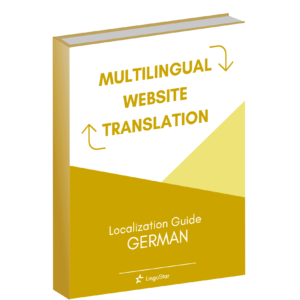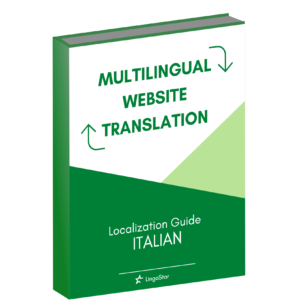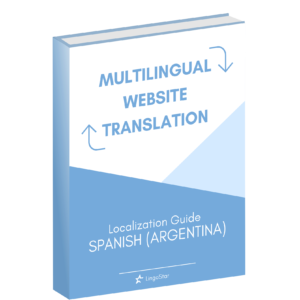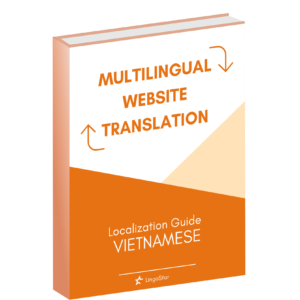Ethnic diversity and multilingualism in Russia
Multilingualism in Russia has been a cornerstone of Russia’s cultural and political development throughout history. Much like the matryoshka doll, a worldwide symbol of Russian identity, the country comprises many interlocking languages and ethnic groups. This linguistic diversity offers a wealth of cultures and languages. However, it also presents challenges. Want to learn more? Keep reading!
The historic roots of multilingualism in Russia
From the Tsardom of Russia to the Russian Federation via Imperial Russia and the Soviet Union, multilingualism has always played a part in Russia’s history. Its vast territory brought together diverse peoples ranging from Eastern Europe to Northern Asia, resulting in a complex linguistic landscape that persists to this day.
This legacy extended beyond Russia’s borders, especially into regions such as Moldova, shaped by centuries of Russian and Soviet influence. Following the annexation of Bessarabia (modern-day Moldova) by the Russian Empire and its subsequent integration into the Soviet Union, Russian became a dominant language in administration, education, and public life. Consequently, Moldova developed into a multilingual society. Nowadays, only Moldovan/Romanian is the official language; therefore, the majority of people speak it. However, Russian, Gagauz, Ukrainian and Bulgarian are also still spoken alongside Moldovan/Romanian. Russian remains influential, particularly in regions such as Gagauzia and Transnistria, reflecting the enduring impact of Russia’s multilingual and imperial past.
Multilingualism in today’s Russia
As the largest country in the world, Russia is home to multiple ethnic groups with their own languages and cultures. Around 190 ethnic groups speak between 100 and 150 different languages. Below is a non-exhaustive list of some of them: Armenian, Bashkir, Chuvash, Chechen, Tatar, and Yakut, to name but a few. Some of them have their republic within the Russian Federation. These republics have a special status because they can establish their official language. In this case, both Russian and the local language have state language status. However, Russia is not the only place with such linguistic diversity. Indeed, multilingualism can also be observed in countries such as the USA or India. While this multilingualism brings cultural wealth, it also presents challenges.
Multilingualism and its cultural wealth
Russian is the native language of around 80% of the population. However, the country’s various ethnic groups speak a rich tapestry of non-Russian mother tongues. Some of the most widely spoken minority languages include:
- Tatar: Spoken by around 4.3 million people, mainly in Tatarstan and Bashkortostan.
- Chechen: Spoken by around 1.35 million people, mainly in Chechnya.
- Chuvash: Spoken by around 1.04 million people, mainly in Chuvashia.
- Bashkir: Spoken by around 1.15 million people, mainly in Bashkortostan.
- Avar: Spoken by around 800,000 people, mainly in Dagestan.
- Yakut (Sakha): Spoken by around 450,000 people, mainly in the Sakha Republic.
- Buryat: Spoken by around 265,000 people, mainly in Buryatia.
- Mordovian languages (Moksha and Erzya): Spoken by over 600,000 people, mainly in Mordovia.
Multilingualism in Russia involves the coexistence of various cultures. Indeed, diversity comes in many forms, including language, religion, cuisine, clothing, folklore, and tradition. Multilingualism and multiculturalism are great assets in this region and can especially be observed in major cities such as Moscow and St. Petersburg.
Multilingualism and its challenges
Preserving multilingualism in Russia is an ongoing challenge. As previously mentioned, each republic within the country has the constitutional right to establish its own state language alongside Russian. The constitution also guarantees the right to preserve and develop this language. However, in practice, some languages are slowly disappearing for various reasons:
- Russian remains the primary language of communication;
- Russification policies during the Soviet era;
- People keep moving to big cities for better opportunities, sometimes abandoning their ethnic language to integrate more easily;
- Ethnic languages are not always taught in schools.
Multilingualism at LingoStar
At LingoStar, multilingualism is at the heart of everything we do! We celebrate and promote diversity by offering a range of localization and translation services, including English to Russian and Russian to English. Whatever your project is, we have a solution for you! Contact us today by calling 604-629-8420, sending an email to info@lingo-star.com or asking us for a free translation quote!
Are you interested in multilingualism and looking to expand your business? Check out our Beginner’s Guide to Multilingual Website Translation! This eBook will guide you through the process of developing a successful multilingual business step by step.
If you would like more information on translation and multiculturalism, take a look at our other blog posts. You can also follow us on social media (Instagram, Facebook, X, YouTube, and LinkedIn) and join our community by subscribing to our newsletter!





